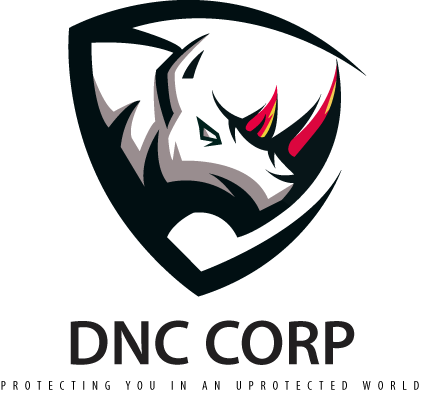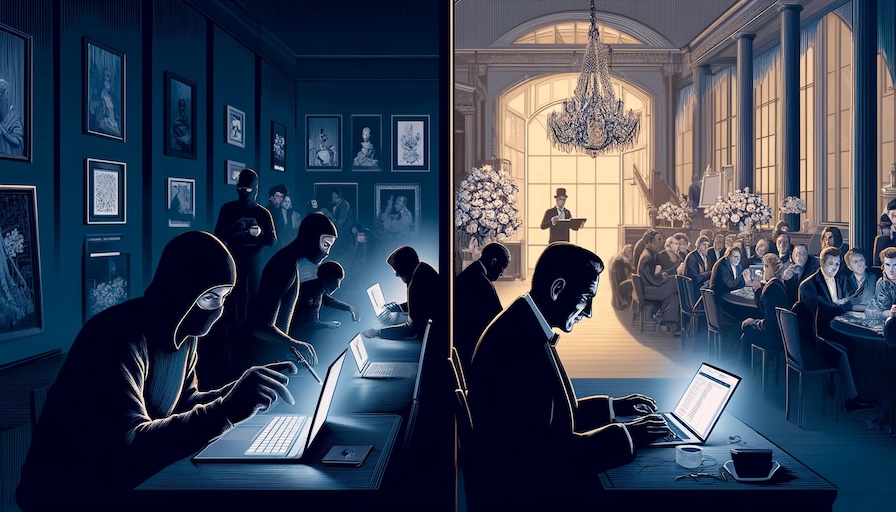The Situation at Christie’s
On May 14, 2024, Christie’s, a renowned auction house, faced a significant cyberattack that disrupted its website and online bidding system. The incident couldn’t have come at a worse time, as Christie’s prepared to auction $578 million worth of art during New York’s major spring sales. The cyberattack raised concerns about the safety and integrity of the auction process, affecting both bidders and sellers.
Christie’s Chief Executive Guillaume Cerutti reassured clients that the auction house was working diligently to resolve the issue and maintain the scheduled sales. Despite the attack, Christie’s plans to proceed with its auctions, including the high-profile sale of a Warhol ‘Flowers’ estimated at $20 million. The company is redirecting online bidders to a secure, private platform while encouraging others to bid in person or over the phone.
The Targeting of Niche Industries
The cyberattack on Christie’s highlights a concerning trend: cybercriminals are targeting niche industries. Historically, sectors like finance and healthcare have been prime targets for cyberattacks. However, as these industries bolster their cybersecurity defenses, criminals are turning to less-protected, high-value targets like the art market.
Christie’s situation underscores that no industry is immune to cyber threats. The art market, with its wealthy clientele and valuable assets, presents an attractive target for cybercriminals. The attack on Christie’s could deter potential bidders, who fear that their personal and financial information might be compromised. This, in turn, could further depress the already struggling art market, which saw a 20% decline in sales last year.
Steps to Protect Against Cyberattacks
To protect against cyberattacks, companies, regardless of their industry, should implement robust cybersecurity measures. Here are some essential steps:
- Regular Security Audits: Conduct frequent security audits to identify vulnerabilities in your systems. Ensure that all software and hardware are up to date with the latest security patches.
- Employee Training: Educate employees about cybersecurity best practices, including recognizing phishing attempts and maintaining strong, unique passwords. Regular training sessions can significantly reduce the risk of human error leading to a breach.
- Multi-Factor Authentication (MFA): Implement MFA for all user accounts. This adds an extra layer of security, making it more difficult for attackers to gain unauthorized access.
- Data Encryption: Encrypt sensitive data, both in transit and at rest. This ensures that even if data is intercepted or stolen, it remains unreadable and useless to the attacker.
- Incident Response Plan: Develop and regularly update an incident response plan. This plan should outline the steps to take in the event of a cyberattack, including communication strategies, roles and responsibilities, and recovery procedures.
- Network Segmentation: Divide your network into segments to limit the spread of an attack. Critical systems should be isolated from less secure parts of the network.
- Third-Party Risk Management: Assess the cybersecurity practices of third-party vendors and partners. Ensure they adhere to the same security standards as your organization.
Conclusion
The cyberattack on Christie’s serves as a stark reminder of the evolving threat landscape. As cybercriminals expand their targets, it’s crucial for all industries to prioritize cybersecurity. By implementing comprehensive security measures and fostering a culture of cybersecurity awareness, companies can protect their assets and maintain the trust of their clients. The art market, like any other sector, must remain vigilant and proactive in its defense against cyber threats.


